The expedition team consisted of seven community members with nine donkeys, including local trackers and an elder, Mr. Motsamai Pele who has a deep understanding of the land around where they were to explore. The expedition got off to a rocky start, with several of the donkeys going missing the morning they were due to set off, but thankfully after half a day of searching they were found and returned to their starting point near !Xeretebe cattlepost, south-east of East Hanahai. CCB staff provided the survey team with their food supplies and set off to bury a total of 400 litres (105 gallons) of water at strategic points along their route, the same technique as those used for over a century for expeditions across the Kalahari. Thankfully their knowledge of the bush food in the region was also on show, with the team feeding on indigenous plants such as the wild coffee bean (“bohemia”) and the Gemsbok melons to help sustain them in the bush.
The team set off in large anti-clockwise arcs, making several loops around !N/wagoroo and !Kcgai. They reported that surveying was slower and more treacherous than they expected with uneven terrain making it dangerous at times for the trackers and the donkeys. They focused their investigations around several natural waterholes and salt licks in the area and saw a bevy of wildlife tracks including elephant, kudu, warthog, gemsbok, leopard and cheetah. The team summitted a 150-meter (500-foot)-high sand dune which allowed them a beautiful and uninterrupted view of the otherwise flat, expansive Kalahari landscape. They also came upon an isolated historical San camp which was identified by one of the participants who had grown up there.
The trackers noted that there was significant encroachment of livestock into the wildlife areas and that larger wildlife species avoided the areas closer to livestock and people. It is possible that this could be due to a natural avoidance of livestock for reasons relating to disease, but it is more likely that it is a learned avoidance of people brought upon by poaching. During the survey, the team discovered horse tracks and followed them to discover a poachers’ camp that had recently been vacated. Regular surveys that we have planned in this area will help us to continue to monitor poaching in this wildlife corridor and we will provide our findings to local authorities to aid in anti-poaching efforts.
The team were very proud of what they achieved and there was notably high team spirit by the end of the expedition. Their discoveries will help guide developments in cultural and ecotourism in the area and help build sustainable veld-harvesting efforts within the communities. We are greatly appreciative to the expedition team, including Rre Sefhako from Kalahari Wildlands Trust, for navigating the incredibly vast and isolated landscape and avoiding the various dangers (lions, elephants, snakes, aardvark holes etc.) in the name of community based conservation and development!

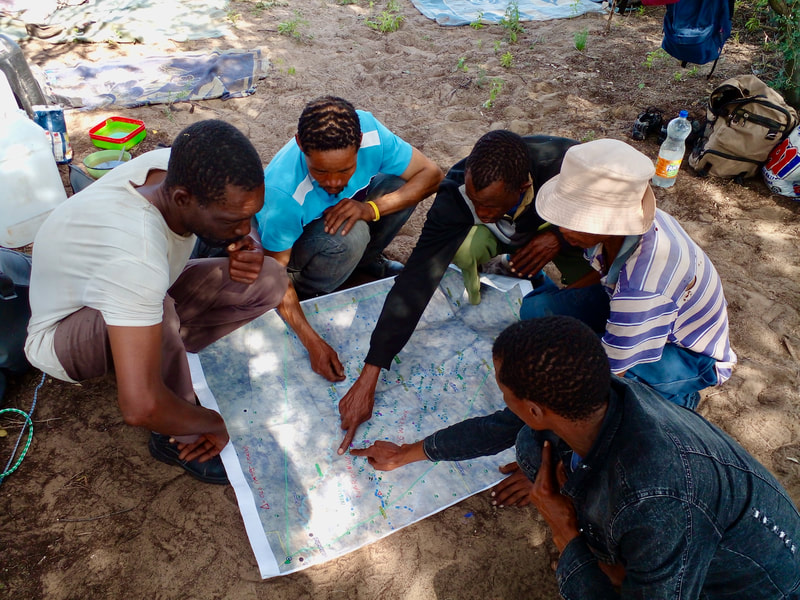
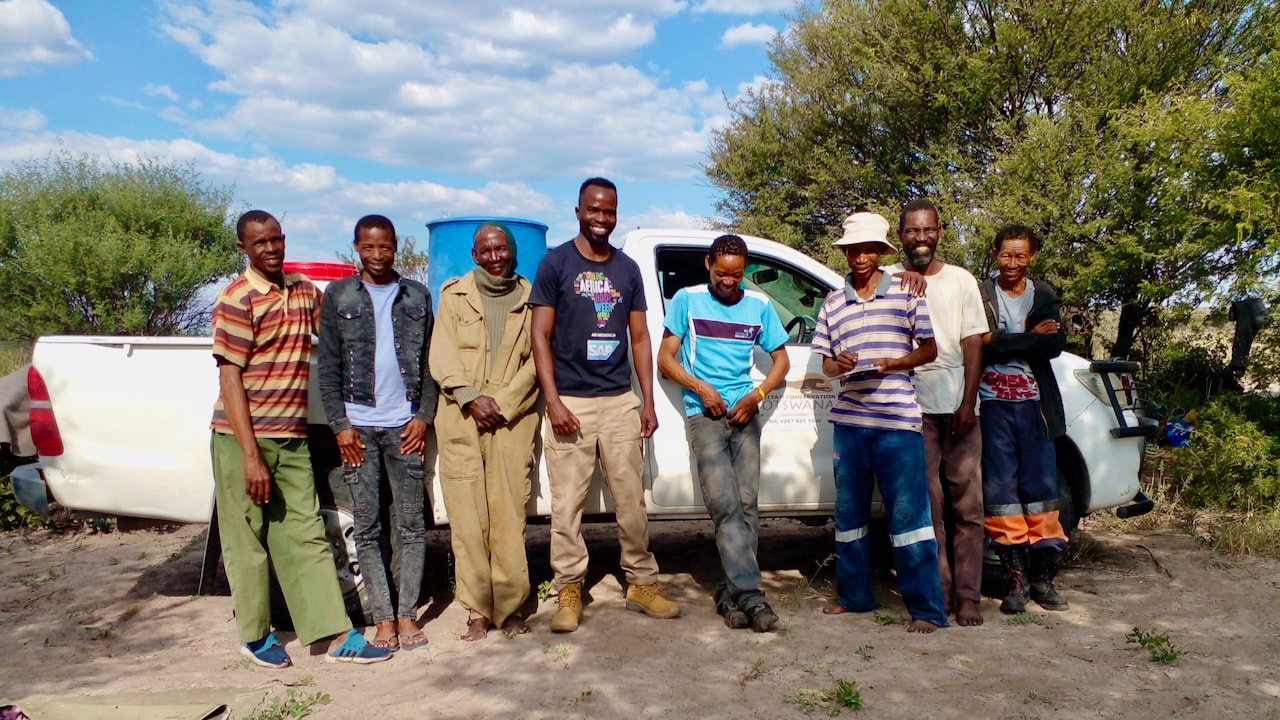
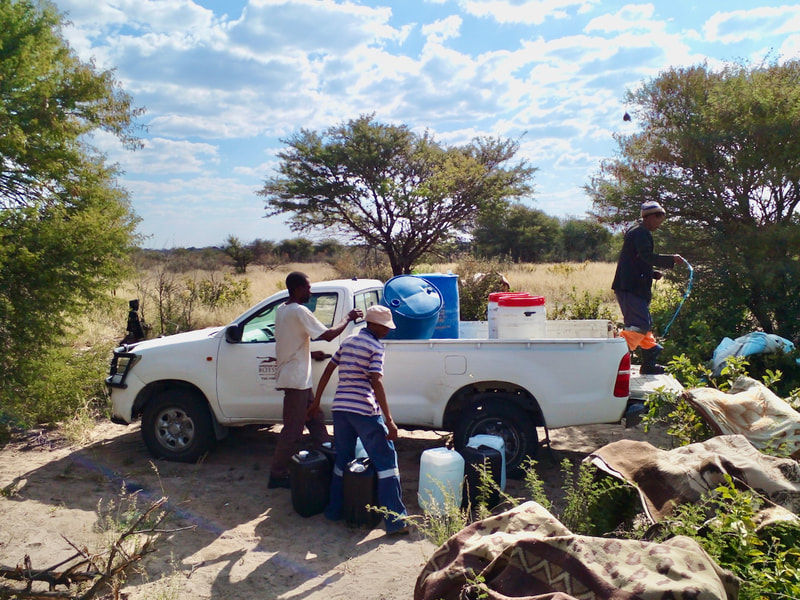
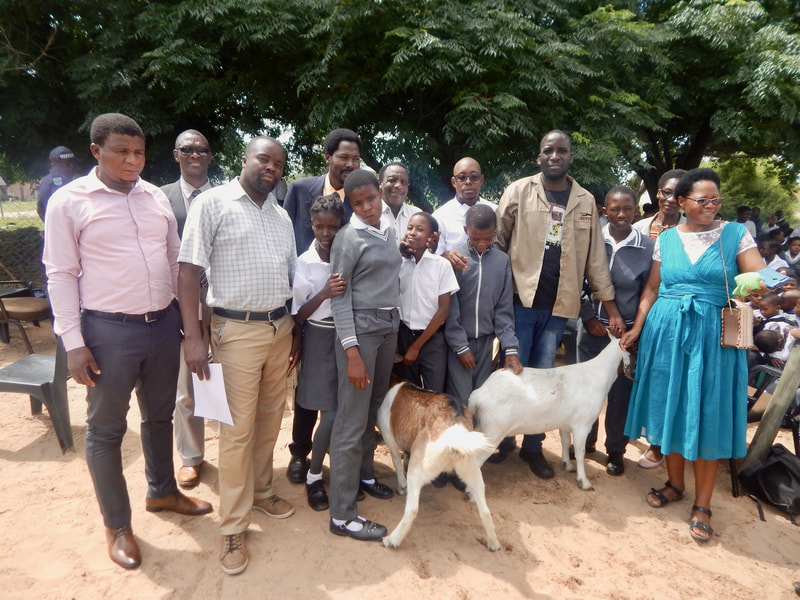
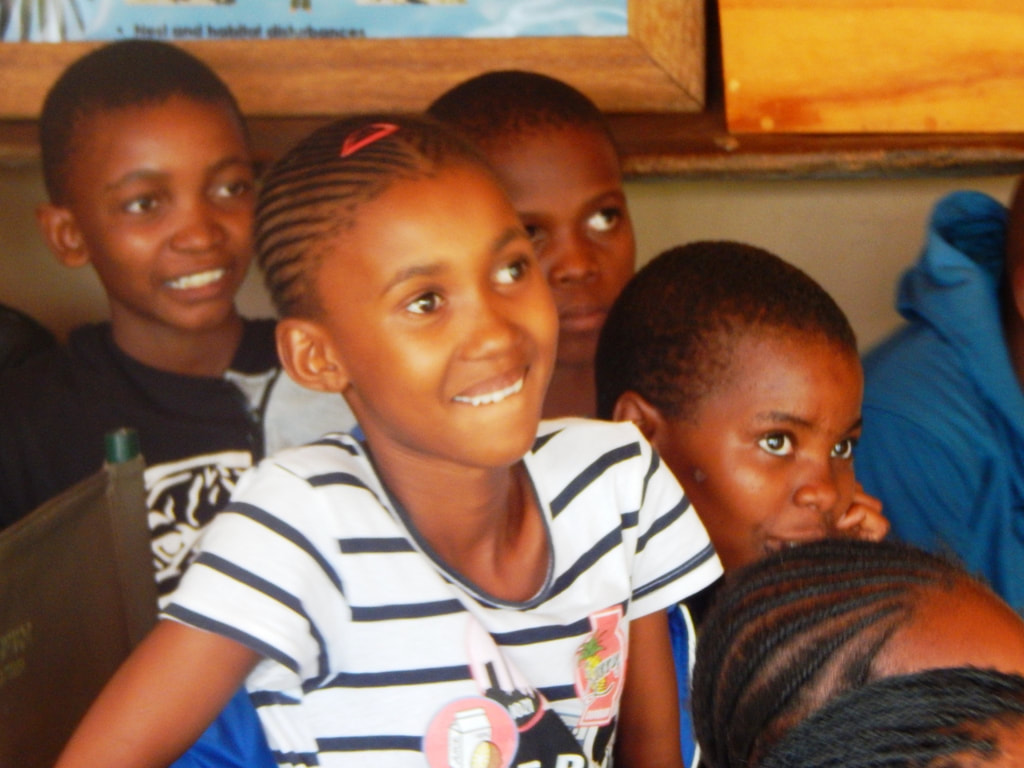
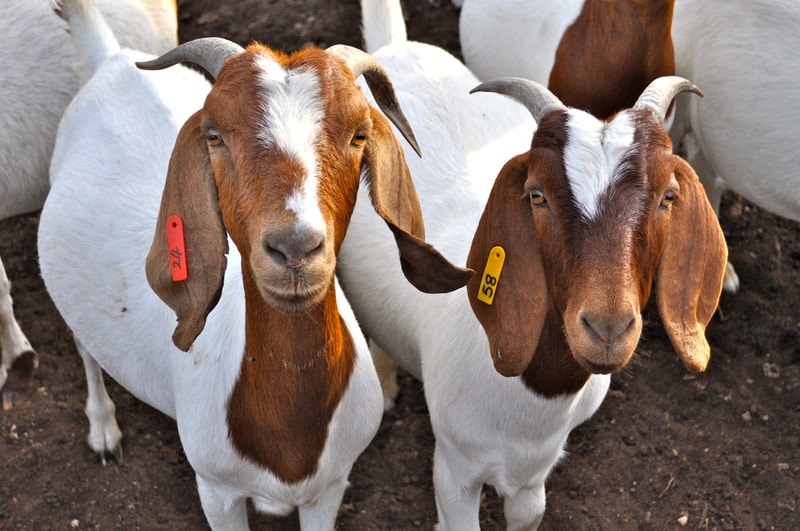
 RSS Feed
RSS Feed
